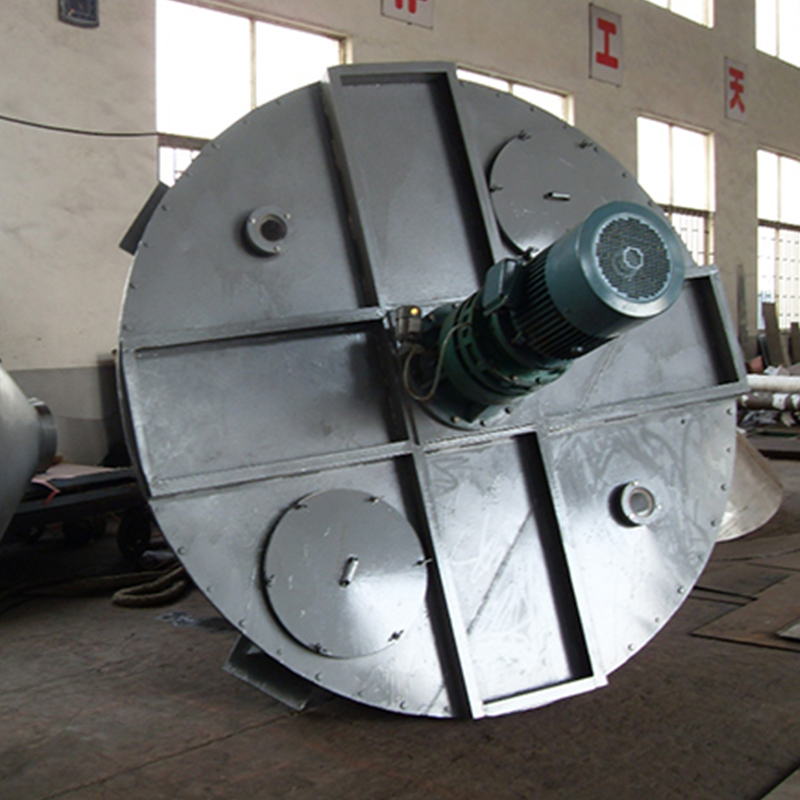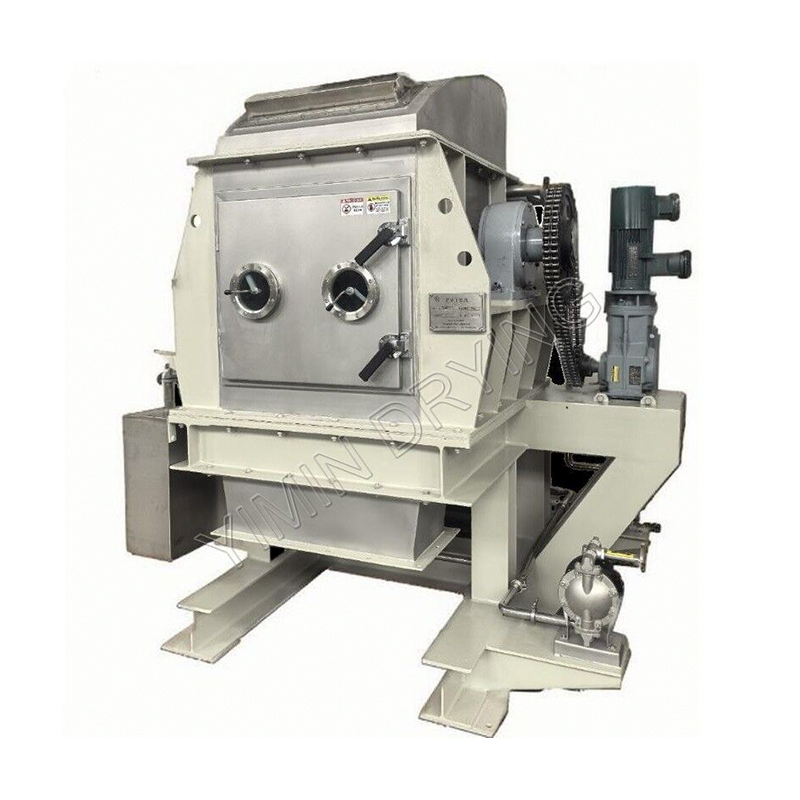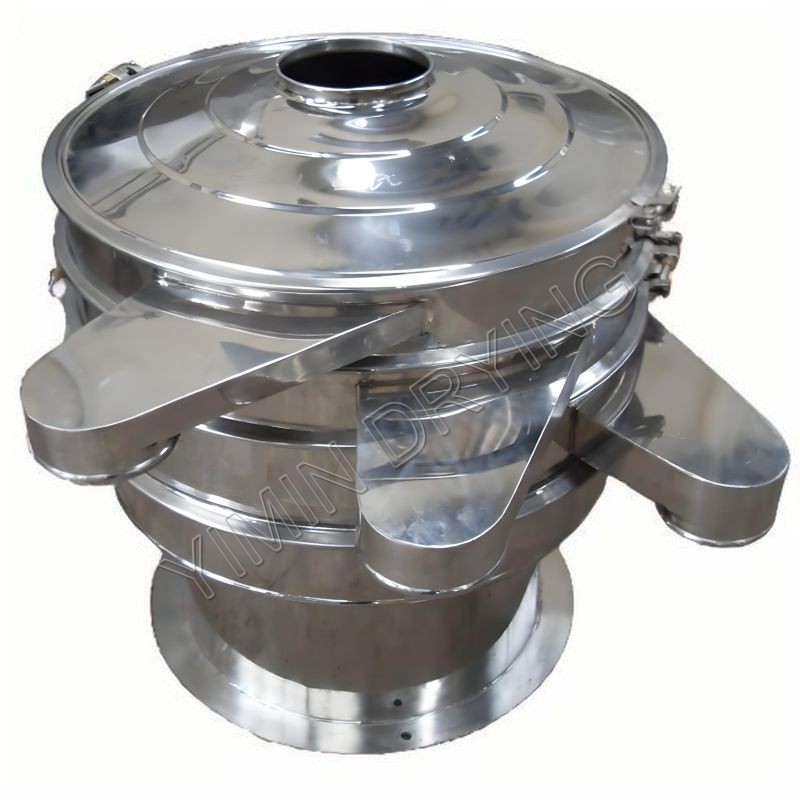How to properly maintain and extend the service life of screw mixer?
Screw mixers, also known as ribbon blenders, auger mixers, or spiral blenders, are indispensable workhorses in countless industries, from food processing and pharmaceuticals to chemicals and construction. Their ability to thoroughly and efficiently blend diverse materials makes them critical to production lines worldwide. However, like any precision machinery, their sustained performance and extended service life depend heavily on proper maintenance. Neglecting these vital steps can lead to costly downtime, reduced efficiency, and premature equipment failure.
The Foundation of Longevity: Proactive Maintenance
The cornerstone of effective screw mixer maintenance is a proactive approach. Rather than waiting for a breakdown, implementing a routine of inspections, cleaning, and lubrication can prevent minor issues from escalating into major problems.
1. Regular Cleaning and Inspection
After each batch or at the end of a production cycle, thorough cleaning is paramount. Residual materials can harden, leading to caking, cross-contamination, and increased wear on internal components.
-
Internal Components: Pay close attention to the mixing screw (or auger/ribbon), the trough, and any discharge ports. Depending on the material being processed, dry brushing, compressed air, or wet washing may be required. For sticky or viscous materials, consider using food-grade solvents or cleaning agents specifically designed for your industry.
-
External Surfaces: Keep the exterior of the mixer clean to prevent dust and debris from entering critical areas.
-
Visual Inspection: During cleaning, conduct a detailed visual inspection. Look for:
-
Wear and Tear: Check the leading edges of the helical screw for signs of abrasion, thinning, or deformation.
-
Cracks or Damage: Inspect welds, the mixing trough, and support structures for any hairline cracks or signs of fatigue.
-
Fastener Integrity: Ensure all bolts, nuts, and other fasteners are securely tightened. Loose fasteners can lead to vibration, misalignment, and accelerated wear.
-
Seal Condition: Examine shaft seals and bearing seals for leaks or degradation. Damaged seals can allow contaminants to enter bearings or product to escape.
-
2. Lubrication: The Lifeblood of Moving Parts
Proper lubrication is critical for reducing friction and preventing premature wear in bearings, gears, and other moving parts. Always refer to your screw mixer's operation manual for specific lubrication schedules and recommended lubricants.
-
Bearings: These are often the most critical components requiring consistent lubrication. Use the type and amount of grease or oil specified by the manufacturer. Over-lubrication can be as detrimental as under-lubrication, leading to seal damage and attracting contaminants.
-
Gearboxes: Check the oil level in gearboxes regularly and change the oil according to the manufacturer's recommendations. The quality and viscosity of the gear oil are crucial for efficient power transmission and heat dissipation.
-
Chains and Sprockets (if applicable): If your mixer uses chain drives, ensure they are properly tensioned and regularly lubricated with appropriate chain lubricant.
3. Belt and Drive System Checks
For mixers powered by belt drives, regular inspection and adjustment are essential.
-
Belt Tension: Belts that are too loose can slip, leading to power loss and excessive wear. Belts that are too tight can put undue stress on bearings and motor shafts. Check tension according to manufacturer specifications.
-
Belt Condition: Look for cracks, fraying, glazing, or signs of wear on the belts. Replace worn belts promptly.
-
Pulley Alignment: Ensure pulleys are properly aligned to prevent premature belt wear and reduce strain on the drive system.

Extending Service Life: Advanced Strategies
Beyond routine maintenance, several strategies can significantly contribute to the long-term health and performance of your screw mixer.
1. Material Compatibility and Batch Sizing
-
Avoid Overloading: Consistently exceeding the mixer's rated capacity puts excessive strain on the motor, gearbox, and mixing elements, leading to accelerated wear and potential structural damage.
-
Consider Material Characteristics: Highly abrasive, corrosive, or sticky materials can significantly impact the wear rate of your mixer. If you frequently process such materials, consider mixers constructed from more durable alloys or with specialized coatings. Regular wear plate replacement might also be necessary.
2. Proper Installation and Alignment
A well-installed mixer is less prone to vibration and premature wear. Ensure:
-
Level Foundation: The mixer should be installed on a stable, level foundation to prevent uneven stress distribution.
-
Accurate Alignment: Critical components like motors, gearboxes, and shafts must be precisely aligned to minimize bearing and seal wear.
3. Predictive Maintenance Technologies
Embrace modern technologies to anticipate potential failures before they occur.
-
Vibration Analysis: Monitoring vibration levels can detect imbalances, misalignments, and bearing wear in their early stages.
-
Thermal Imaging: Infrared cameras can identify hot spots in bearings, motors, or electrical connections, indicating overheating and potential issues.
-
Oil Analysis: Regular analysis of lubricating oils can reveal the presence of wear particles, contaminants, or degradation of the oil itself, providing insights into the internal health of the mixer.
4. Operator Training
Well-trained operators are crucial for extending mixer life. They should be:
-
Knowledgeable about SOPs: Fully understand standard operating procedures, including proper loading, mixing, and discharge techniques.
-
Aware of Warning Signs: Able to recognize unusual noises, vibrations, or smells that may indicate a problem.
-
Proficient in Basic Maintenance: Capable of performing routine checks and cleaning.
5. Genuine Spare Parts
When replacing components, always opt for genuine OEM (Original Equipment Manufacturer) spare parts. While aftermarket parts may seem more cost-effective initially, they often lack the quality, precision, and durability of genuine parts, potentially leading to faster wear and more frequent breakdowns.
Conclusion
Your screw mixer is a substantial investment, and its optimal performance is vital to your operations. By diligently implementing a comprehensive maintenance strategy – encompassing routine cleaning, proper lubrication, regular inspections, and leveraging advanced predictive techniques – you can not only prevent costly breakdowns but also significantly extend the service life of your ribbon blender or auger mixer. Prioritizing these practices will ensure your blending processes remain efficient, reliable, and productive for years to come.



 English
English русский
русский عربى
عربى Türk
Türk




